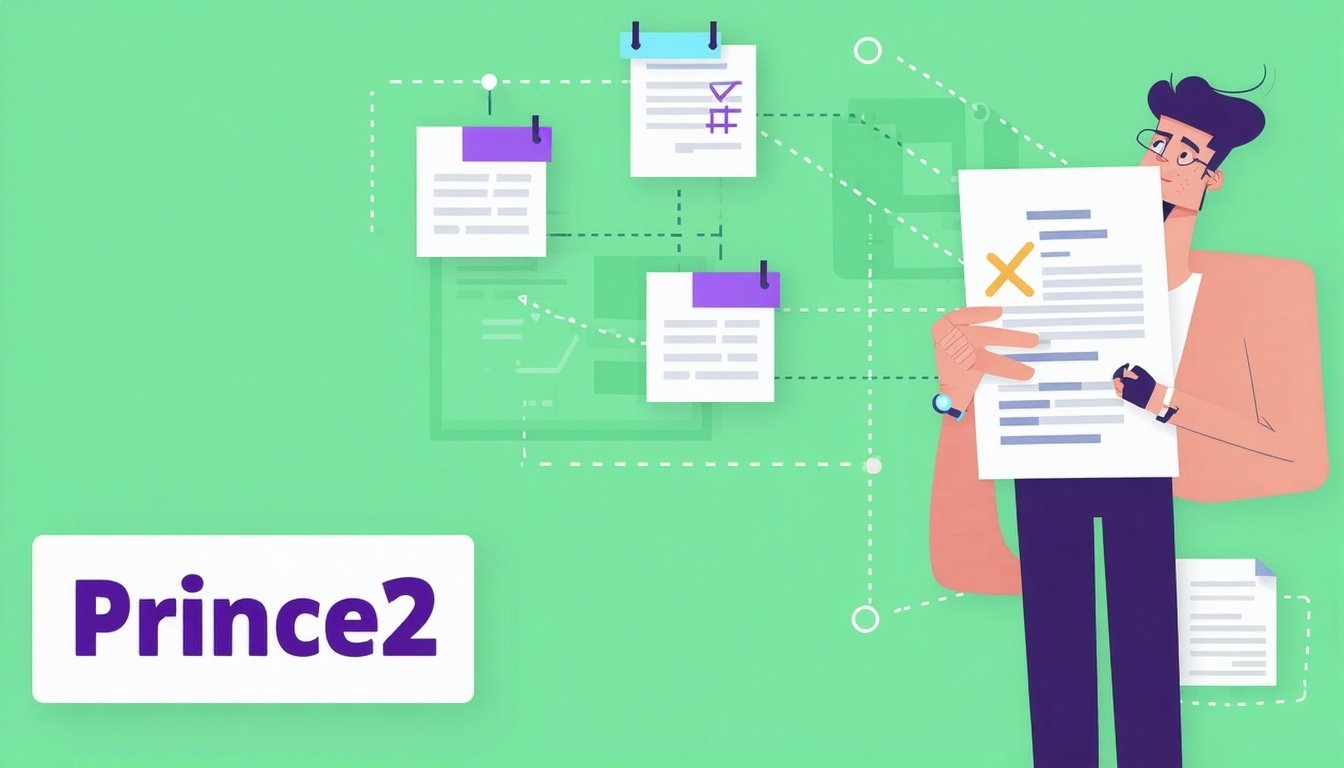Achieving your PRINCE2 Project Management Practitioner certification is a key step in advancing your...

CourseMonster specialising in navigating the complexities of IT Training, our team of seasoned professionals is dedicated to reshaping training functions for industry leaders like Services Australia and Telstra.
Through a partnership with CourseMonster, clients gain access to a comprehensive suite of Training Managed Services, covering everything from course development to the efficient management of learning technology. With over two decades of experience, we excel in on-the-ground management and administration of the entire learning process

Achieving your PRINCE2 Project Management Practitioner certification is a key step in advancing your...

Achieving your PRINCE2 Practitioner certification is a significant milestone in your project managem...

In today’s competitive job market, project management is a crucial skill that organisations around t...

PRINCE2 (PRojects IN Controlled Environments) is one of the most respected project management method...

Are you gearing up for the PRINCE2 Practitioner exam? Whether you're new to the project management w...

At CourseMonster, we specialize in guiding companies through the complex world of IT Training. Our extensive team of world-class learning professionals is dedicated to transforming training functions and helping leading companies, like Services Australia and Telstra, maximize their training budgets.